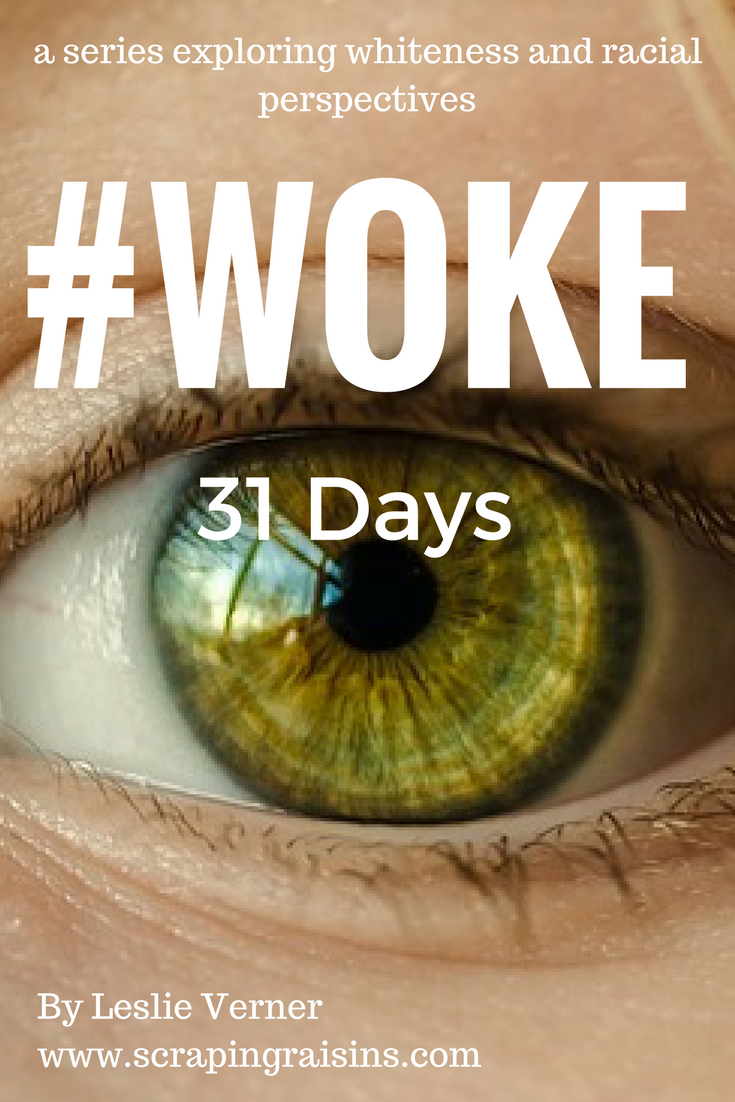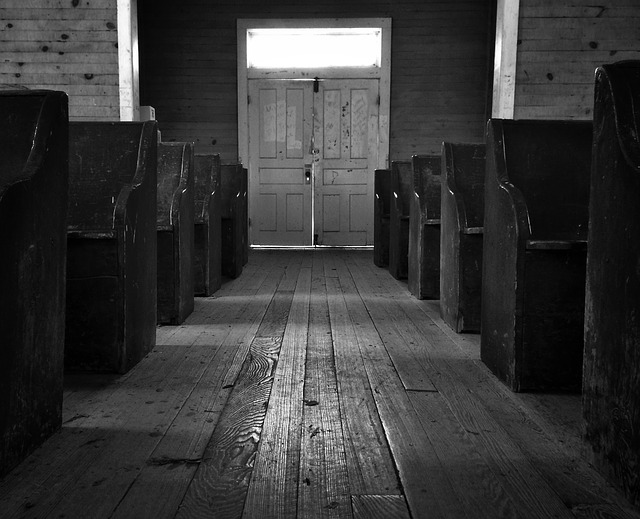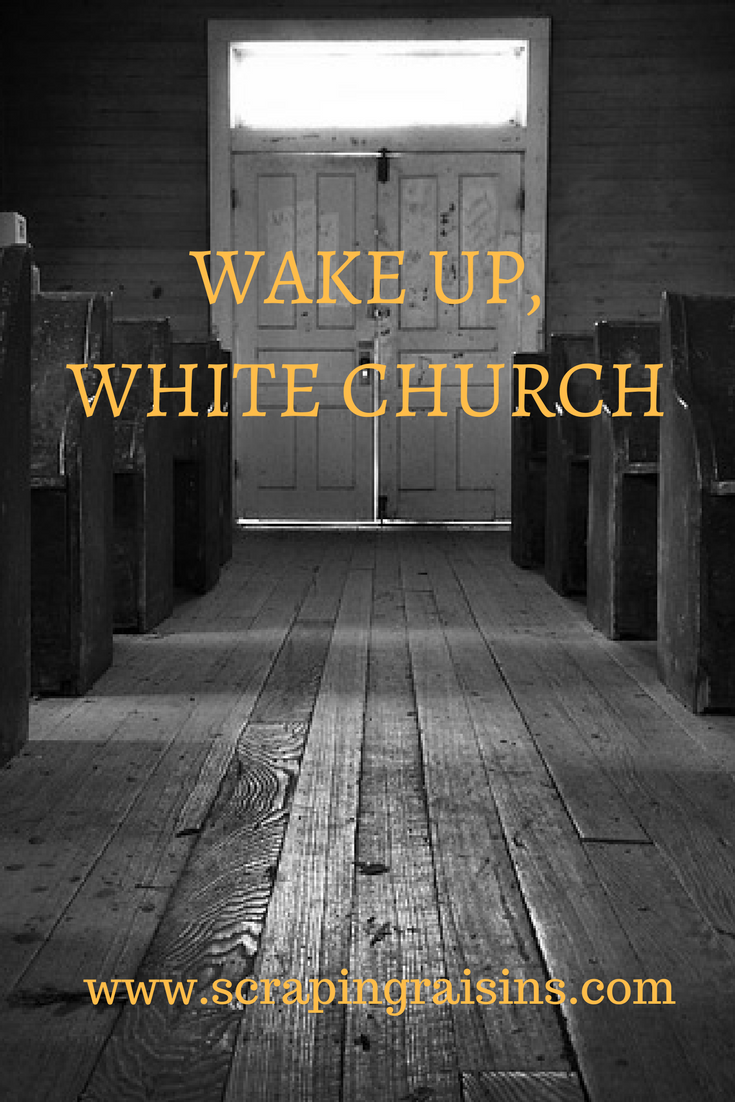Nikole Hannah-Jones is my hero. Haven’t heard of her? Well, do any Google search including the words “school segregation” or “school integration” and you will likely find an article written by her.
The first time I heard of Nikole was on a This American Life Podcast called “The Problem We All Live With,” a two part-er about the benefits of school integration. (If you haven’t listened to it, please download it right now). Having grown up in an aggressive desegregation program in the public school system in Tampa, Florida, then teaching in the city of Chicago, I felt like someone finally outfitted my blurry eyes with the correct prescription glasses for my horrible vision.
I could see.
Since listening to that podcast and a few others, I have been on my own journey towards sight. But I recently heard her on another NPR podcast, Fresh Air, this time talking about intentionally sending her own daughter to a segregated school.
I surprised my family the day I heard that podcast. I listened while chopping apples for oatmeal while my husband got the children dressed.
“YES!” I yelled out. “YES!” ‘
“What?” my husband said, coming down the stairs with our two-year-old on his hip.
“This.” I said, pointing to the voice on my phone. “Her.” I pushed pause and hit rewind for the fourth time. You have to hear this,” I said. Nikole’s voice rang into the kitchen.
“And I say this — and it always feels weird when I say it as a parent, because a lot of other parents look at you a little like you’re maybe not as good of a parent — I don’t think she’s deserving of more than other kids. I just don’t. I think that we can’t say “This school is not good enough for my child” and then sustain that system. I think that that’s just morally wrong. If it’s not good enough for my child, then why are we putting any children in those schools?”
My husband looked at me quizzically. “That last part,” I said. “Listen again.”
If it’s not good enough for my child, then WHY are we putting ANY children in those schools?
***
My first year teaching, in 2002, I taught in a school that was 100 percent African American. The students there had no memory of a white student ever attending. When I taught there, I drove from the diverse north side of the city to the west side of Chicago, a neighborhood called North Lawndale with very few white residents. You can read about my first year teaching back on day two, but I ended up substitute teaching in a different school in the north side every day for two months after teaching in Lawndale. I eventually taught for four years in another north side school in a mainly white area.
Though I’d hardly call the north side schools flashy, I could see a marked difference in the amount of resources available to the schools who had majority white populations. Parents were more involved, more demanding and had a say in the governance of the school. They knew how to pull strings.
As a teacher, you feel trapped in the system. You work hard, love the faces in front of you and fight for justice in your small square. But as a (white) parent, I feel I am holding more of the cards. Now I can choose. Where do I want to send my children? How involved do I want to be in the school? What “rights” do I want to fight for?
I have the power to stay or go.
But I am not only a (former) teacher and current parent, I am also a follower of Christ. So in that way, shouldn’t my demands be different? Shouldn’t my view of my neighbor shift? Shouldn’t my faith move mountains and my love destroy walls?
Deep down, do I believe my children deserve more than other children? And if I find that voice whispering deep in my subconscious, do I have the courage to confront it and ask where it is coming from?Things get real when it comes to our kids.
Here are some questions I’ve been grappling with lately:
Would I be willing to send my children to a failing school, trusting that they would get enough of what’s lacking from the ways our family would supplement their education?
Would I be willing to send my children to a school where they would be the minority (which will remain hypothetical in my case right now, since the city where we live is majority white)?
Would I be willing to send my children to a school in an unsafe neighborhood?
And if I answer “no,” to any of these, would I be willing to back up my answer with the Bible? Would I have the courage to ask “why” I wouldn’t be willing–from a Jesus-loving/following point of view?
I’d love to hear someone else’s perspective on all of this, so join the conversation in the comments section. I may attempt to address these questions in the days and weeks to come.
***
Here are some other articles by Nikole Hannah-Jones:
Choosing a School for My Daughter in a Segregated City, for The New York Times Magazine (June 9, 2016)
Segregation Now, for ProPublica (fall down the ultimate rabbit hole and get lost in the comments on this one!)
New to the Series? Start HERE (though you can jump in at any point!).

During the month of March, 2017, I will be sharing a series called 31 Days of #Woke. I’ll be doing some personal excavating of views of race I’ve developed through being in schools that were under court order to be integrated, teaching in an all black school as well as in diverse classrooms in Chicago and my experiences of whiteness living in Uganda and China. I’ll also have some people of color share their views and experiences of race in the United States (I still have some open spots, so contact me if you are a person of color who wants to share). So check back and join in the conversation. You are welcome in this space.




















